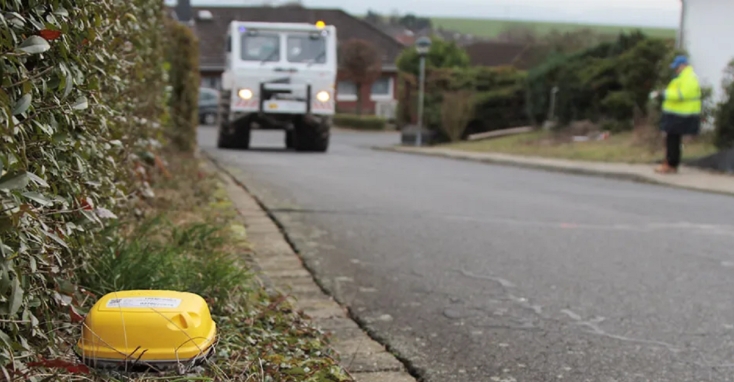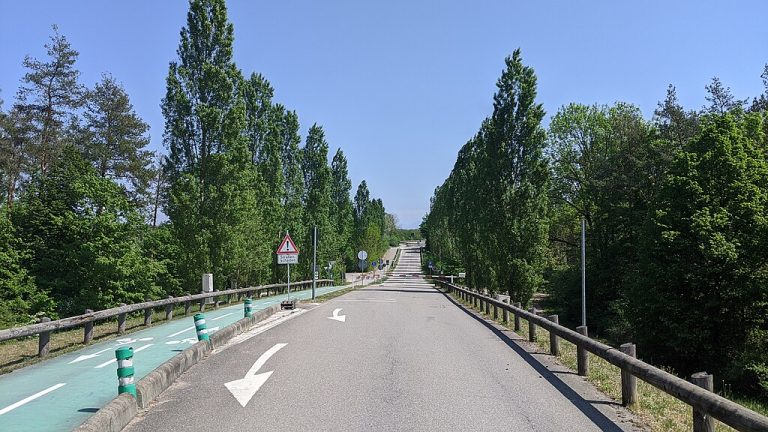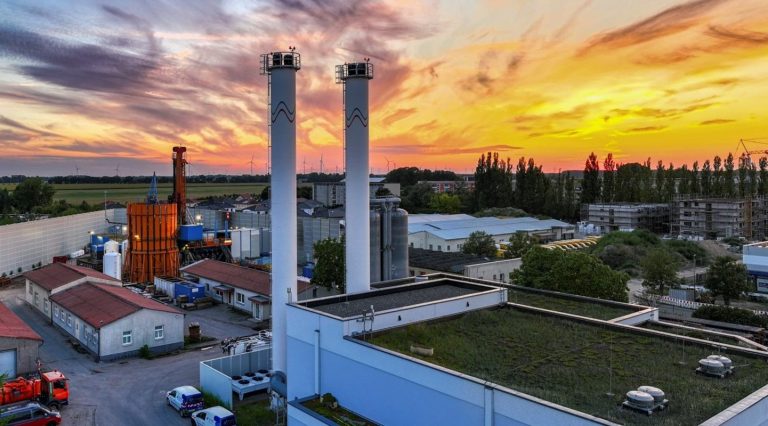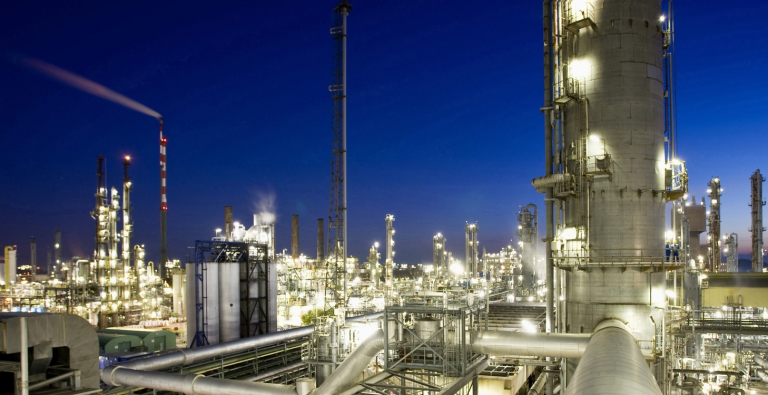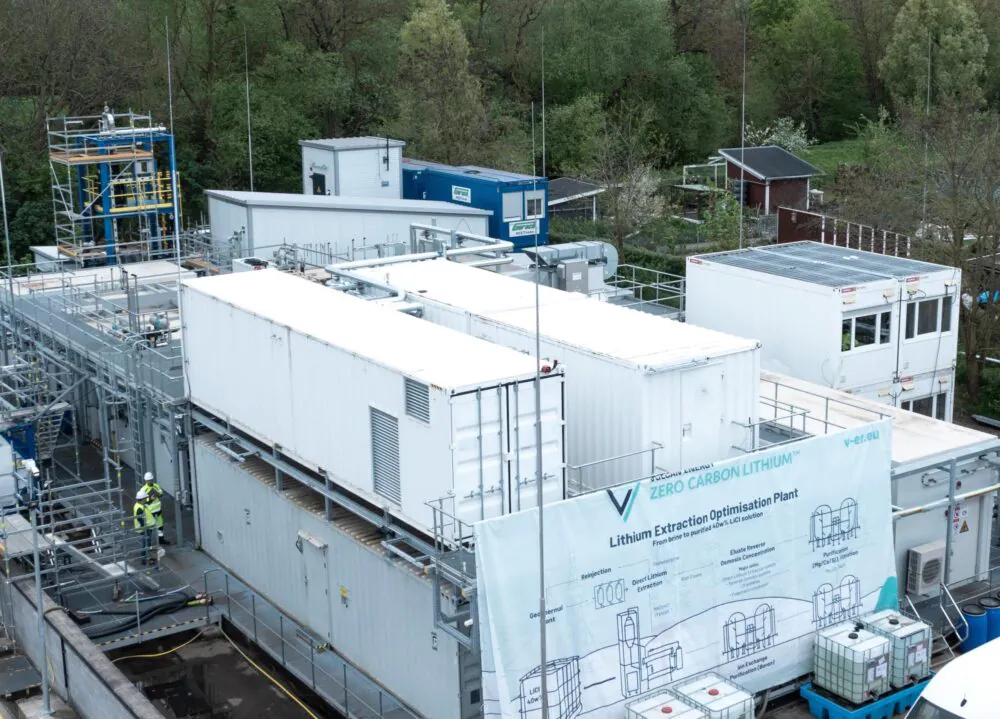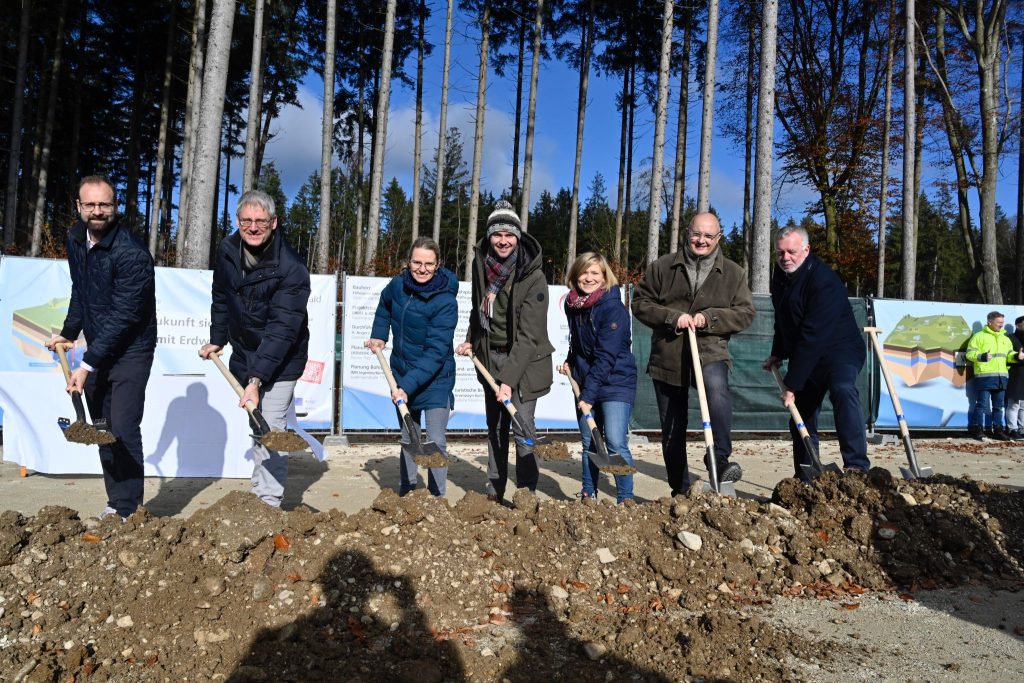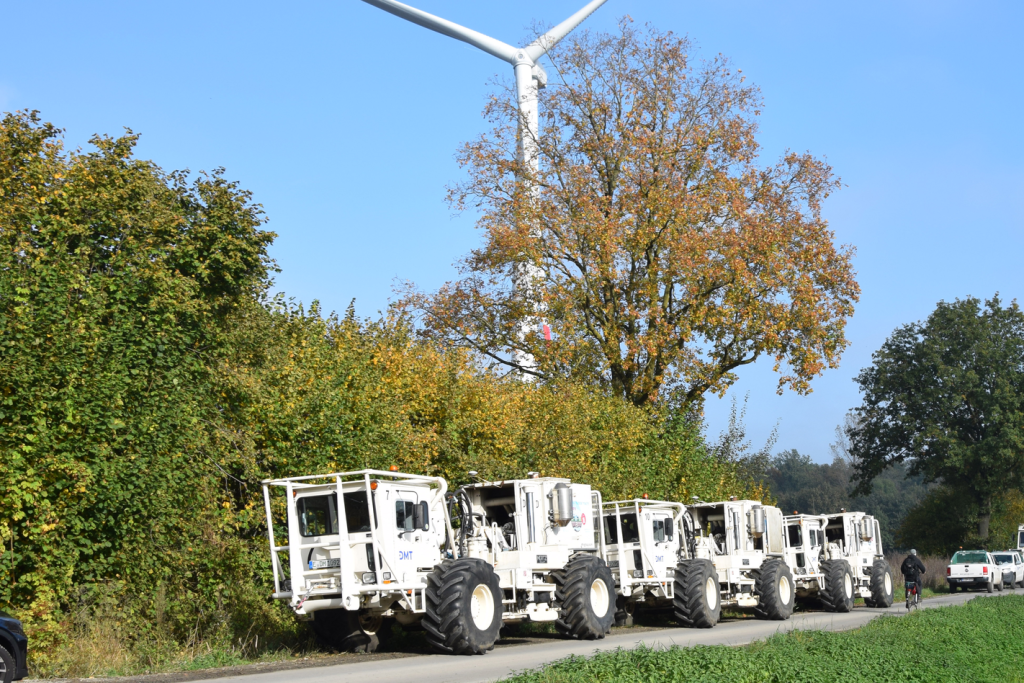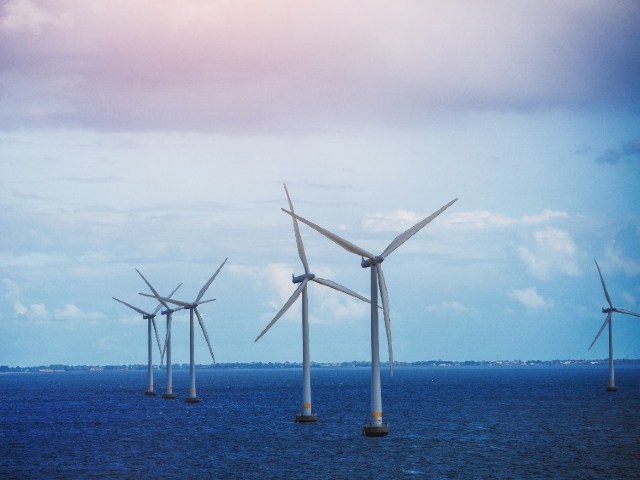
Targets for 2030 wind production from floating wind farms are set to be missed across the globe, according to the latest report from wind market analysts 4C Offshore.
The Global Floating Wind report notes that the lack of progress is most often caused by administrative delays. Governments are failing to keep climate promises by ensuring clear policy frameworks and speedy permitting processes to expedite floating offshore wind projects.
“Compared with the previous report from May 2022, our forecasts to 2030 and 2035 have both been reduced by 2GW”, explains Ivar Slengesol, vice president of New Energy Solutions at TGS, 4C’s parent company. “This decrease reflects continued policy-side delays and slow authorisation processes in multiple countries. Despite high ambitions from developers, with several companies having floating project pipelines greater than 10GW, development will slow without proper government support.”
Why the lag in floating wind is significant
Besides the fact that this could delay the meeting of climate goals, the lack of progress is significant as it prevents the development of economies of scale. Richard Aukland, director of research at 4C Offshore, explained: “Cost reduction is heavily dependent on economies of scale, and continued innovations are needed to bring costs into parity with fixed-bottom. Therefore, the sooner we start installing large-scale floating wind farms, the sooner the world can benefit from their increased environmental benefits.”
There is encouraging news to be found in the report, however. Despite the lag, there is time to change course. According to the report, with the potential for floating wind installation to begin within seven years of site award, we are now entering a crucial window of opportunity.
Aukland notes a parallel between the more mature side of the wind industry, “We saw this with the fixed-bottom market a decade ago. Ambitions for floating wind deployment are rapidly increasing globally as governments become attuned to floating versus fixed-bottom wind benefits.
“Aside from the issues of limited geographical suitability for fixed wind turbine installation, floating wind farms can be less visible from the shore, carry fewer environmental impacts and access stronger wind resources. Competition and expectations remain high, but progress is too slow. Governments must shift their focus from the 2030-2040 time horizon to the here and now. 2023 must be a year of decision-making and action if commercial-scale projects are to hit the water this decade.”
Floating wind: key report findings
• 14GW of floating wind power will be installed or in construction offshore by 2030. However, this represents only 5% of the total expected offshore wind installations and is less than the 54GW targeted by the world’s energy regulators.
• The US and Korea appear to carry the greatest momentum, with both expected to produce around 10GW of energy from floating wind capacity by 2035, representing nearly half of the world’s total.
• China is also expected to commercialise quickly, with the first GW-scale project being commissioned before 2030.

